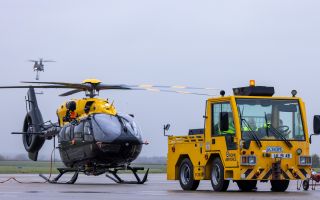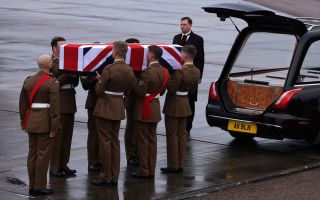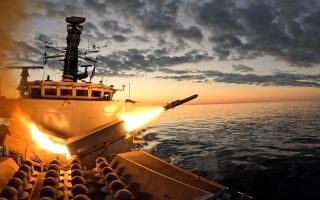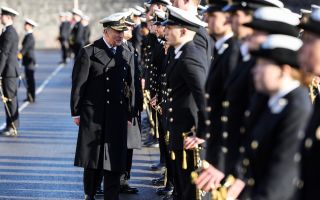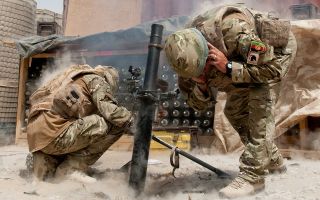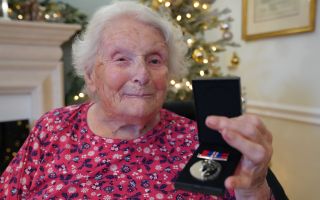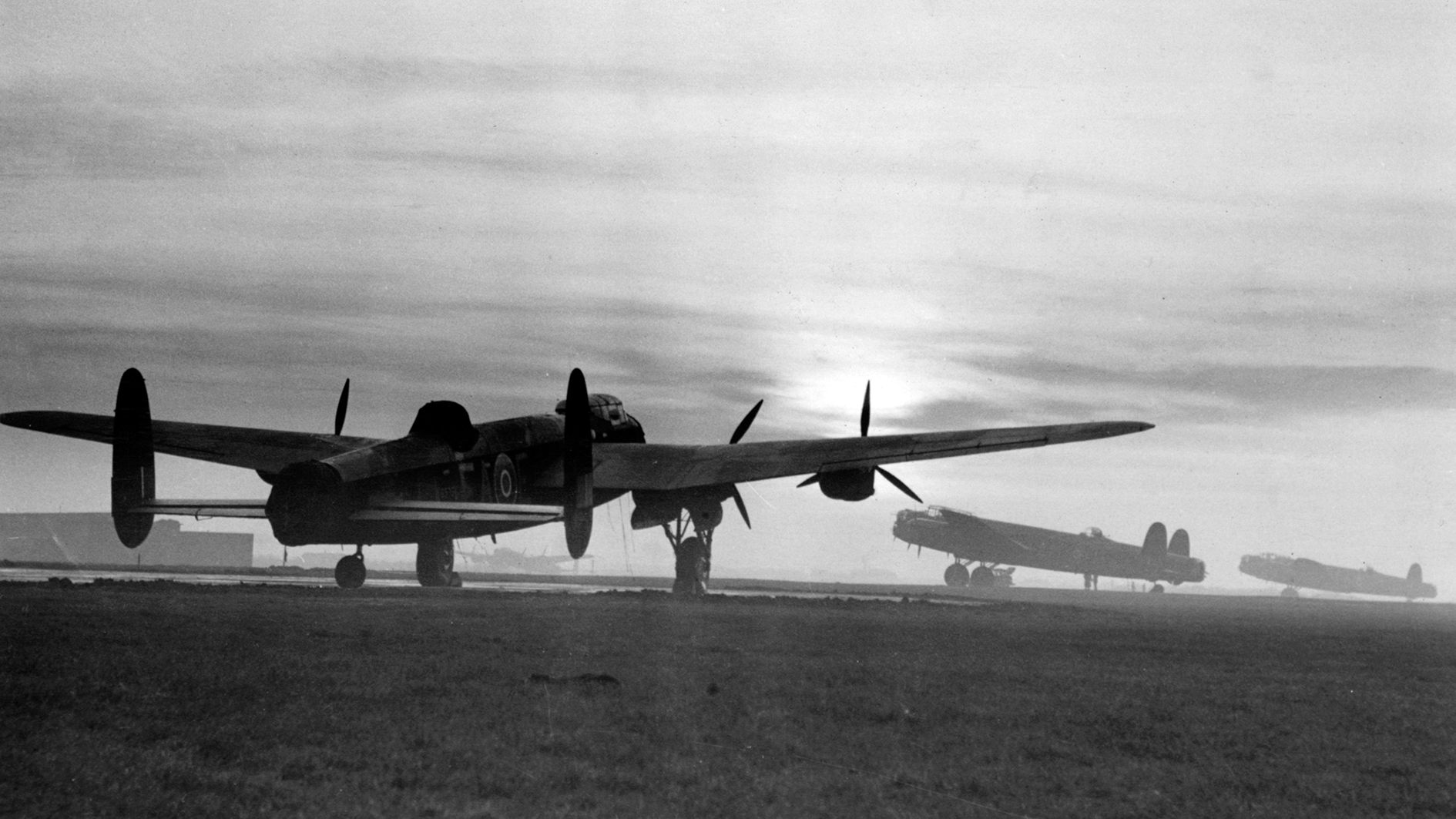
Chance for closure as RAF Lancaster and crew finally recovered after 80 years

An Avro Lancaster B.III bomber that was shot down over the Netherlands during the Second World War has been recovered after lying underwater for 80 years.
RAF personnel from the Joint Aircraft Recovery and Transport Squadron (JARTS), in partnership with their Dutch counterparts, embarked on a mission to retrieve parts of the four-engined bomber and the remains of its lost crew.
Lancaster ED603 crashed in June 1943 with seven crewmen on board while heading back to RAF Wyton in Cambridgeshire following a bombing raid over Bochum in Germany.
The aircraft, from 83 Squadron, was hit by flak during the raid and was then shot down by a Messerschmitt Bf 110.
- Operation Pluto As Told By A D-Day Veteran
- D-Day: The Veteran Who Volunteered Aged 17 ‘To Avenge His Brother’s Death At Dunkirk’
- D-Day: The Veteran Who Disobeyed His Captain To Save A Comrade's Life
It came down and sank in IJsselmeer, a closed-off inland bay near Friesland that is known as Lake IJssel in English.
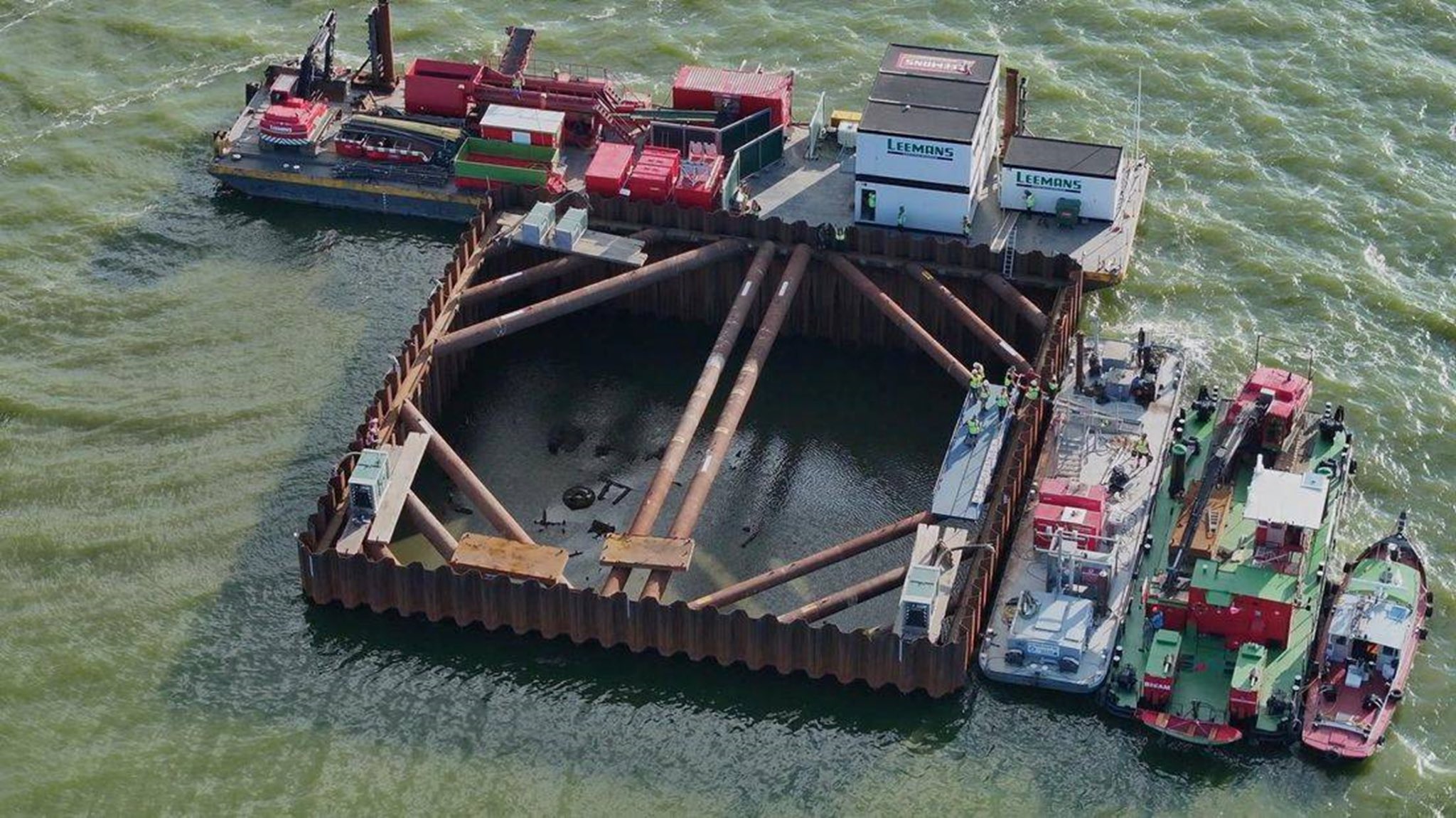
"It was important to recover the aircraft and remains of the aircrew so that closure could be provided to their respective families," said Sergeant Parker, a member of the JARTS.
"It was a sobering and tasteful reminder of those that fought and lost for our futures in the war and provided an opportunity to pay our respects."
The bodies of Flight Lieutenant Eric Tilbury (pilot), Pilot Officer Harold E Howsam (navigator), Pilot Officer Gordon Fletcher (bomb aimer) and Flying Officer Gordon R Sugar (rear gunner) were found on the shore of the bay a few weeks after the bomber came down.
However, Pilot Officer Arthur Smart (flight engineer), Pilot Officer Charles Sprack (mid-upper gunner) and Flight Sergeant Raymond Moore (wireless operator) were registered as missing.
The aim of the recovery was to find the remains of the three missing men and provide closure for their families.
Human remains have been brought to the surface, and work is ongoing to confirm their identities.

The delicate mission involved building a structure known as a cofferdam around the site, allowing the team to retrieve, clean and scrutinise the components of the Lancaster.
The successful retrieval is part of a broader £13m Dutch national aircraft recovery project, aiming to bring closure to families of aircrew who crashed over the Netherlands and had been missing for decades.

